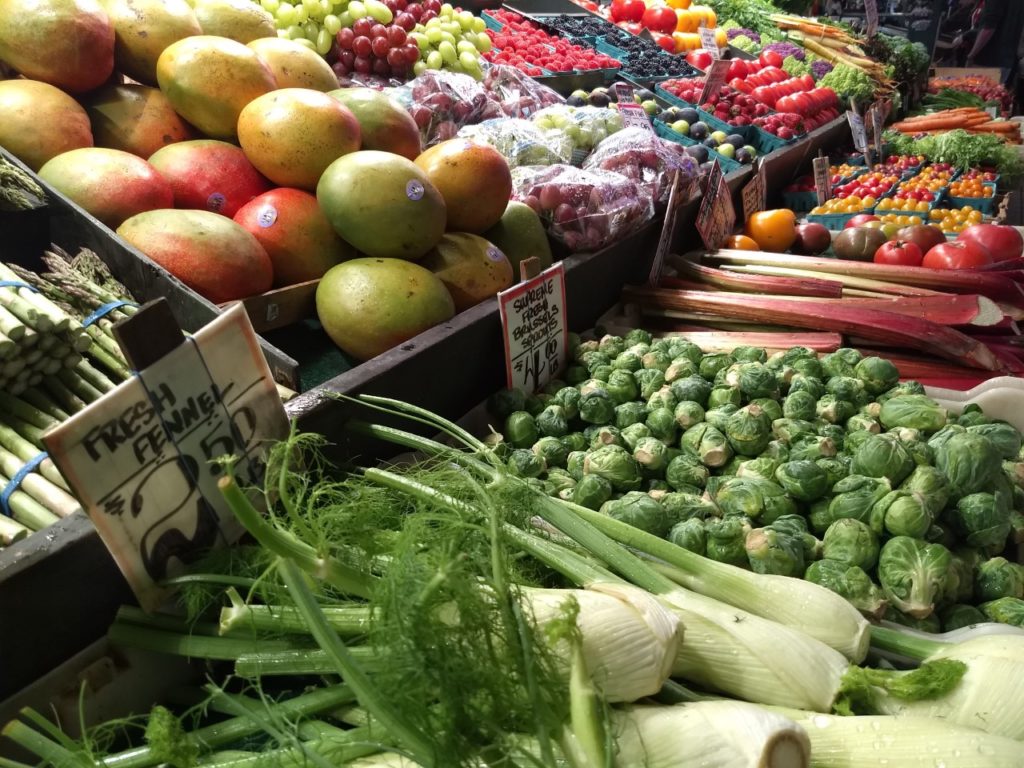The practice of agricultural gleaning is an ancient one, with historical records indicating it has been in existence for at least 4,000 years. Exactly what is it? It’s quite simple really. People go into fields, orchards, vineyards and gardens after formal harvesting has taken place and pick what ripe produce is left. In ancient times, it was a way for people groups to take care of their disadvantaged members, assuring that they had food for their families regardless of the hard times that had befallen them.
Today, gleaning is seeing resurgence and is part of a broader practice called food recovery. Food recovery serves two functions: decreasing waste and increasing food availability for those who are in need. Reducing waste is important as currently 30-40 percent of the American food supply never makes it to the table. With over 60,000 individuals in Fairfax County experiencing food insecurity every year, we cannot afford that kind of waste.
Food recovery in general is crucial to the mission of Food for Others. Food recovery or food rescue is the practice of gathering unused food and making it available for others. A whopping 42 percent of the food collected and then distributed by Food for Others last year was a direct result of food recovery operations. The form those operations take is varied, some of it relying on gleaning.
This summer, traditional gleaning took place at Hollin Farms in Delaplane, Virginia. They offered their fields and orchards for volunteers to pick leftover fruits and vegetables on Sundays during peak growing season. Volunteers picked everything that looked ready for consumption and the produce was then distributed to low-income Food for Others clients that following week. The produce was beautiful, just overlooked. Clients were very grateful for it.
Another form of gleaning takes place at farmers markets across Northern Virginia. As the market is closing for the day, volunteers pick up unsold produce from the small local farmers at the market who have agreed to make it available to Food for Others. The end result is more fresh food for clients and less food waste for farmers. High-end, often organic, herbs and fruit and vegetables make for appetizing client food boxes in the week that follows.
Food recovery programs like gleaning also support local farmers through the Virginia Food Crop Donation Tax Credit, which allows farmers to receive 30 percent back from produce they donate to food banks.
Grocery stores, many of them very large, work with Food for Others in food recovery efforts as well. For many reasons, grocers decline produce shipments – produce that is too ripe, over-ordering of one kind of fruit or vegetable, shipments that are too early or too late. When this happens, the store will send the unwanted produce directly to the loading docks at Food for Others. It is not uncommon to receive whole pallets of watermelon, sweet potatoes, strawberries, apples and the like. Volunteers then repackage items as needed and make them available to clients immediately. A pallet of loose apples can quickly become several hundred bags of a dozen apples in the hands of motivated volunteers.
Through creative partnerships with local producers and retailers, we are able to put fresh, wholesome, in-season produce on the tables of our neighbors in need. We look forward to making more of these kinds of connections in the future so that, together, we can cut food waste and reduce hunger in Northern Virginia.
Dawn Matson – Food for Others volunteer


